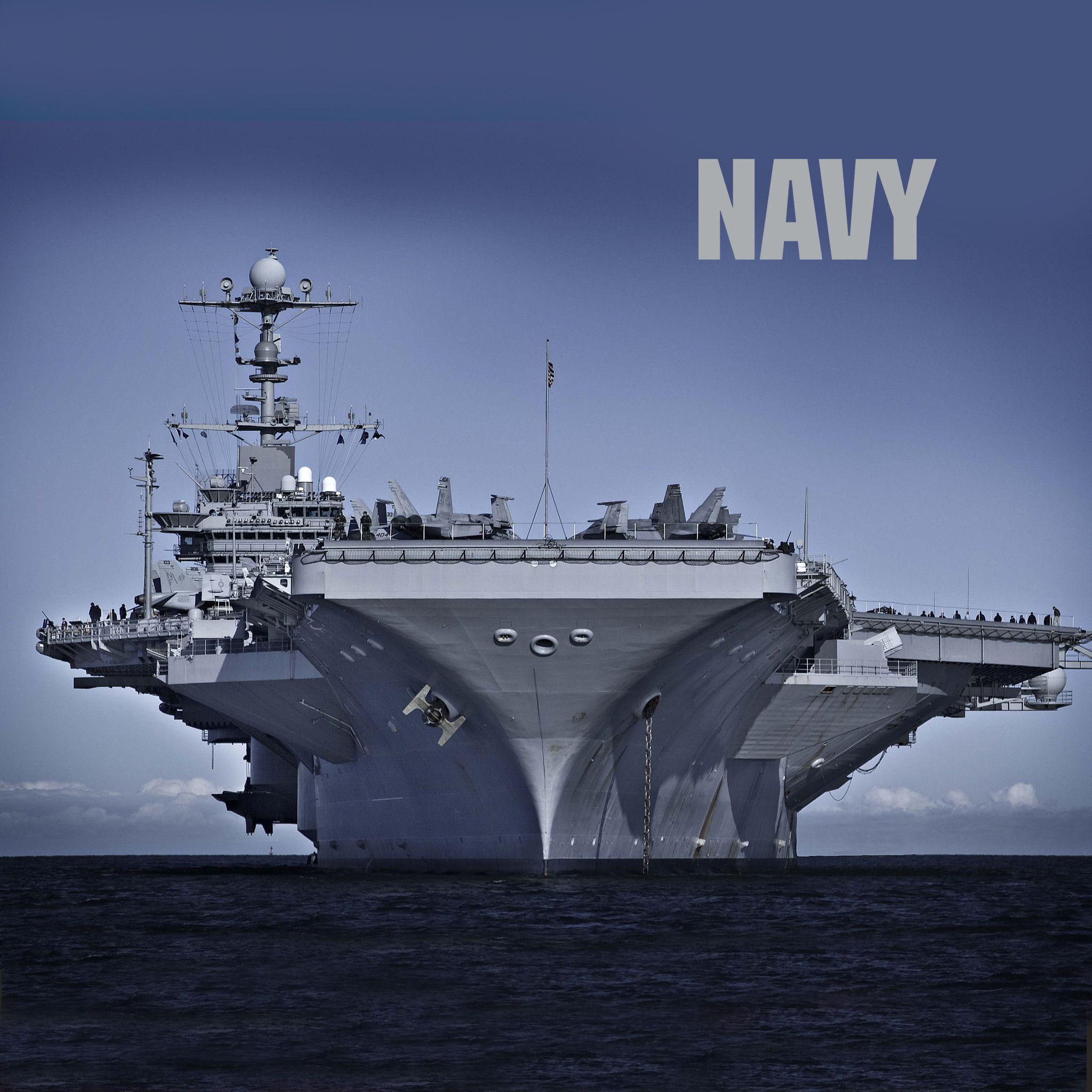Diving Deep: Unveiling the Realities of Navy SEAL Pacific Submarine Training
The Navy SEALs, the U.S. Navy’s elite special operations force, are renowned for their rigorous training and unparalleled capabilities. While images of beach assaults and covert missions often dominate the narrative, a crucial, less-publicized aspect of their training involves operating in the challenging environment of submarines, particularly in the Pacific Ocean. This training prepares them for a diverse range of missions, from clandestine insertion and extraction to reconnaissance and direct action. But what exactly do Navy SEALs really do during Pacific submarine training? Let’s dive in and explore.
The Importance of Submarine Training for Navy SEALs
Submarines offer a unique and valuable platform for SEALs. They provide:
- Stealth and Concealment: Submarines can navigate undetected, allowing SEALs to approach targets without being spotted.
- Long-Range Capabilities: Submarines can travel vast distances, enabling SEALs to deploy to remote locations.
- Undersea Operations: Training allows SEALs to become proficient in underwater entry and exit procedures.
- Versatile Deployment: Submarines can act as a launching platform for combat swimmers, special operations craft (SOCs), and even mini-subs.
Pacific Ocean submarine training is especially crucial due to its vastness, unpredictable weather, and potential strategic importance. SEALs must be prepared to operate in these challenging conditions to accomplish their missions.
Key Components of Pacific Submarine Training
Navy SEAL submarine training is a multifaceted process that covers a range of essential skills and procedures. Here are some of the core components:
1. Familiarization and Integration:
- Submarine Orientation: Trainees learn the layout of the submarine, including navigation systems, communication equipment, and safety protocols.
- Crew Integration: SEALs work alongside submariners to build trust and establish effective communication. This collaborative approach is crucial for mission success.
- Damage Control and Emergency Procedures: SEALs are trained in responding to various emergencies, including flooding, fire, and system failures. This includes drills in the submarine’s escape trunks.
2. Underwater Operations:
- Dry Deck Shelter (DDS) Operations: SEALs learn to deploy and recover from a DDS, a pressurized compartment attached to the submarine that allows them to exit and enter the water without surfacing.
- Swimmer Delivery Vehicle (SDV) Operations: Training with SDVs, also known as “SEAL Delivery Vehicles,” allows SEALs to navigate underwater and transport equipment.
- Combat Swimming and Diving: SEALs refine their combat swimming skills, including underwater navigation, stealth techniques, and the use of specialized diving equipment.
3. Mission Planning and Execution:
- Mission Planning: SEALs learn to plan complex missions, taking into account factors such as target location, environmental conditions, and submarine capabilities.
- Reconnaissance and Surveillance: Training includes gathering intelligence and observing potential targets from the submarine.
- Insertion and Extraction: SEALs practice various methods of entering and exiting the water, including the use of DDS, SDVs, and surface techniques.
- Communication: Maintaining secure and reliable communication with the submarine and other assets is a vital aspect.
4. Specialized Equipment and Tactics:
- Use of Advanced Diving Gear: SEALs train with closed-circuit rebreathers, which eliminate telltale bubbles, allowing for stealthier operations.
- Handling Explosives: Proficiency in handling and deploying explosives for underwater demolitions and breaching operations.
- Navigation and Targeting: Using advanced navigation tools and targeting systems for accurate mission execution.
The Pacific Advantage: Why the Ocean Matters
Training in the Pacific Ocean provides several critical advantages:
- Vast Operating Area: The Pacific’s size allows for realistic training scenarios, including long-range deployments and complex navigation challenges.
- Challenging Conditions: The Pacific’s currents, depths, and weather patterns provide a demanding environment that tests SEALs’ skills and resilience.
- Strategic Importance: The Pacific is a key area of geopolitical interest, making training in this region vital for national security.
The Physical and Mental Demands
Navy SEAL submarine training is incredibly demanding, both physically and mentally. SEALs must possess:
- Exceptional Physical Fitness: Strength, endurance, and swimming proficiency are paramount.
- Mental Toughness: The ability to remain calm and focused under pressure is crucial.
- Teamwork and Communication: SEALs must work seamlessly with their teammates and the submarine crew.
- Adaptability: The ability to adjust to changing circumstances and overcome unexpected challenges is essential.
Conclusion: Preparing for the Unseen
Navy SEAL Pacific submarine training is a comprehensive and rigorous process that prepares these elite warriors for a wide range of missions in a challenging environment. This training, focused on integration, underwater operations, mission planning, and specialized skills, enables SEALs to operate with stealth, precision, and effectiveness. From the depths of the ocean to the surface, these warriors are ready to face any challenge. Their dedication to mastering these critical skills ensures they remain a force to be reckoned with, protecting national interests and upholding the highest standards of military excellence.
Frequently Asked Questions (FAQs)
How long does Navy SEAL submarine training typically last? The duration varies depending on the specific program and the training objectives, but it can range from several weeks to several months.
What qualifications are needed to participate in submarine training? Candidates must be already qualified Navy SEALs and pass a rigorous selection process that assesses their physical and mental capabilities.
What types of submarines are used for SEAL training? Navy SEALs typically train on a variety of submarines, including attack submarines (SSNs) and guided-missile submarines (SSGNs).
Is the submarine training dangerous? Like any special operations training, submarine training carries inherent risks. Stringent safety protocols and extensive training are in place to minimize these risks.
Can civilians participate in Navy SEAL submarine training? No, submarine training is exclusively for qualified Navy SEALs.




